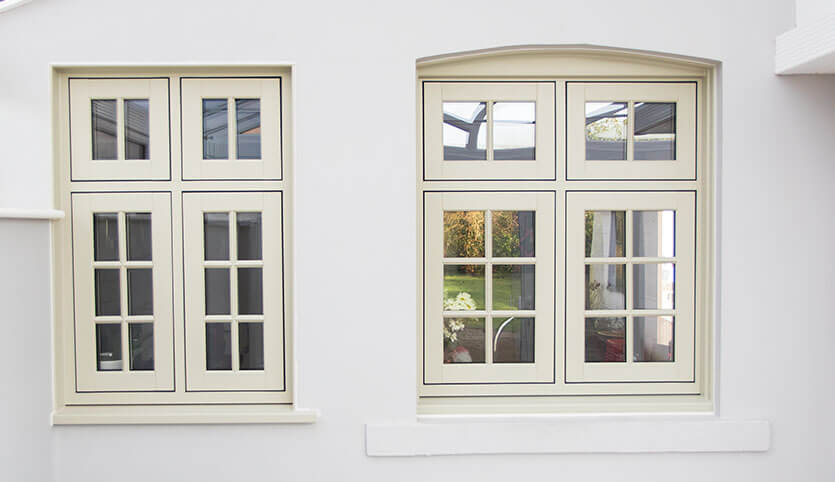As an expert roofing contractor with several years of experience under my belt, I’ve seen my fair share of leaky roofs that cause major headaches for homeowners. A leaky roof is certainly stressful, and sometimes, it’s not all that obvious you have a leaky roof until it’s too late.
But don’t panic just yet – in this article, I’ll be taking you through the steps of what to do if you find your roof is leaking. By understanding the signs, taking action, and knowing when to seek professional help, you can quickly address the issue and reduce further damage to your roof and home.
So, let’s dive in and find the best solutions to get your roof back in top shape.
The First 3 Steps
1. Take Immediate Action
If you’ve determined your roof is leaking, the first step is to take immediate action – time is of the essence here! Every minute counts when it comes to minimizing water damage. Here’s what you should do ASAP:
- Locate the source of the leak. Trace the water stains or follow the path of dripping water to find where the leak is coming from.
- If you have an attic, go up with a flashlight to inspect the area around the leak from inside. This can give you a better feel for the extent of the damage.
- If possible, safely access your roof to inspect it for obvious signs of damage or missing shingles.
2. Contain the Leak
Stopping the spread of the leak is essential, but sometimes it’s not a physical leak you can see. However, if it is a leak you can visibly see, here are some tips to protect your home and belongings from damage:
- Place buckets or containers strategically beneath the leak to catch the dripping water.
- If there are any valuable items or furniture in the affected area, move them away.
- If there are any electrical appliances or outlets near the leak, consider turning off the power to avoid potential hazards.
3. Minor Trouble or Major Leak?
Now that you’ve taken quick action to contain the leak (if it was visible), it’s important to figure out how serious the problem is. Is it just a small issue or something more significant?
Minor Leak
A minor leak usually means there is localized damage and can often be fixed with simple do-it-yourself repairs. These leaks might be caused by loose or damaged shingles, small cracks, or problems with the metal strips that protect vulnerable areas. While they can still be annoying and cause some water damage, they can generally be handled without too much trouble.
Major Leak
On the other hand, a major leak suggests a bigger problem with your roof. It could be due to significant damage, like a large section of missing shingles, a weakened roof structure, or a more serious issue underneath the surface, such as a damaged underlayer. Major leaks definitely need to be fixed by a professional roofing contractor to prevent further damage to your home’s interior and structure.
How to Determine the Severity
To figure out if you have a minor or major roof leak on your hands, answer the following questions:
- How much damage is there? Is it limited to a small area or spread across a larger portion of your roof?
- How much water is coming in? Is it just a few drops here and there, or is it a steady flow?
- How long has the leak been going on? Is it a recent problem or has it been happening for a while?
- Can you see any signs of water damage inside your home, like stains, mold growth, or problems with your ceilings or walls?
If in doubt, it’s best to contact a professional roofing contractor. You really don’t want to mess with the integrity of your roof!
DIY Temporary Fixes
When dealing with a leaking roof, you’ll probably need to do some DIY temporary fixes to prevent further damage until professional help arrives. Here are a few simple and quick fixes you can try:
- Patching Holes: Using Roofing Sealant for Small Repairs
For small holes in your roof, applying roofing sealant directly over the damaged area can provide a temporary fix. The sealant acts as a barrier, preventing water from entering until a permanent repair can be done.
- Covering the Damage: Tarping and Plastic Sheeting
If you’re unable to repair the leak immediately, you can cover the damaged area with a tarp or plastic sheeting. Securely fasten it over the affected spot to keep water out. This temporary measure can help protect your home until a professional roofer can assess and fix the problem.
While these temporary fixes can buy you some time, it’s very important to remember that they are not permanent solutions. They are meant to minimize further damage until a professional can properly inspect and repair your roof.
Call On a Professional Roofing Contractor
At the end of the day, your roof is one of the most important parts of your home, so even if you suspect the damage is minor, it’s a good idea to enlist the help of a professional roofing contractor. They can help you determine whether the problem is a minor fix, or something bigger is going on with your roof.
The thing is, a leaky roof isn’t always visible to the naked eye, and a professional roofing installer will be able to thoroughly inspect your roofing system to make sure everything is working as intended.
However, it’s important you find the right roofing contractor. Here are some of our tips for finding a trustworthy roofer:
- Ask for recommendations from friends, family, or neighbors.
- Check online reviews, ratings, and testimonials to get an idea of the contractor’s reputation.
- Make sure the roofing contractor has the necessary licenses and insurance coverage.
- Look for any relevant accreditations or certifications that demonstrate their expertise.
- Find a reliable and qualified roofing contractor who can address your leaking roof efficiently.
3 Warning Signs Your Roof May Be Leaking
As I mentioned, a leaky roof isn’t always as obvious as it sounds. You might not always see a physical leak or water dripping from the roof! Here are 3 warning signs you may be dealing with a leaky roof:
- Water Stains: If you start noticing brownish stains on your ceiling or walls, it’s a telltale sign that water is somehow making its way in from the roof. Keep an eye out for discolored patches or rings, as this is often a warning sign you have a leaky roof.
- Mold Growth: Spotting mold in your home is never a good sign, and it can also be an indication of a roof leak. Keep an eye out for fuzzy, discolored patches on your walls or ceilings, especially in areas where moisture is present.
- Dripping Sounds: Hear that annoying “drip, drip” sound? It’s not just a leaky faucet; it could be a leaking roof! If you notice water droplets falling from your ceiling or hear dripping sounds, it’s time to investigate further and take action.
Future-Proofing Your Roof: Preventing Future Leaks
Want to avoid pesky roof leaks and make your roof last longer? Here are a few simple tips to future-proof your roof:
- Regular Roof Inspections: Get a professional to check out your roof regularly. They’ll be able to spot any potential issues early on and fix them before they become bigger problems.
- Clear Your Gutters: Keep those gutters and downspouts clean! Get rid of leaves, twigs, and other gunk to ensure water flows smoothly. Clogged gutters can cause water to back up and seep into your roof, leading to leaks.
- Trim Tree Branches: Trim any tree branches hanging over your roof. During storms, those branches can scrape against your roof and cause damage, leading to leaks.
Call the Professional Roofing Experts at Windows on Washington
Looking for reliable roofing experts to handle your roof repair or maintenance needs?
At Windows on Washington, our team of professional roofing experts have years of experience dealing with all kinds of roofing trouble – no job is too big or too small.
Whether you need a leak fixed, shingles replaced, or a comprehensive roof inspection, our team has got you covered.
Don’t let roof issues stress you out. Contact Windows on Washington today and let our professional roofing experts take care of your leaky roof, giving you peace of mind and a reliable roof over your head.
GET A FREE QUOTE






